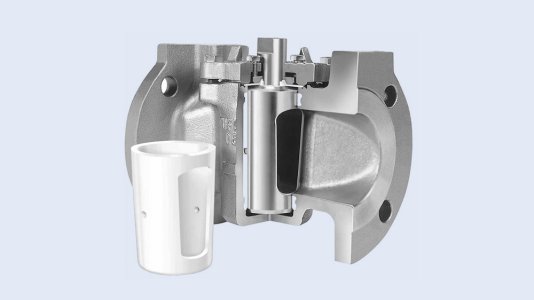Odd request. I’m trying to write a training document explaining how plug valves work.
A sleeved plug valve has a stainless steel tapered plug inside a mating Teflon sleeve. The plug is tapered about 2 to 5 degrees, depending on the valve size. The bonnet of the valve has two jack screws that force the plug down in to the sleeve, making the plug seal against the sleeve.
I know the jack screws produce an enormous amount of lateral force on the sleeve. One example was a valve used on an anhydrous ammonia rail car unloading system. Rail cars are cleaned between loads using glass bead blasting. The sleeves would get contaminated with glass shards, so eventually the valves would leak. Solution was to tighten down the jack screws 1/4 turn, rotate the plug 360* a few times in each direction. The force would smear the glass shards into the Teflon and the valve would then seal. After a few years of this, we’d replace the Teflon sleeve and start over.
I’m trying to figure out the math to describe the compression loading on the Teflon sleeve. Am I correct in using this calculator?
Wedge Mechanical Advantage Calculator • Mechanics • Online Unit Converters
The calculator determines the ideal mechanical advantage of a wedge from its known size. It can also determine the normal forces acting on the object when the ...

